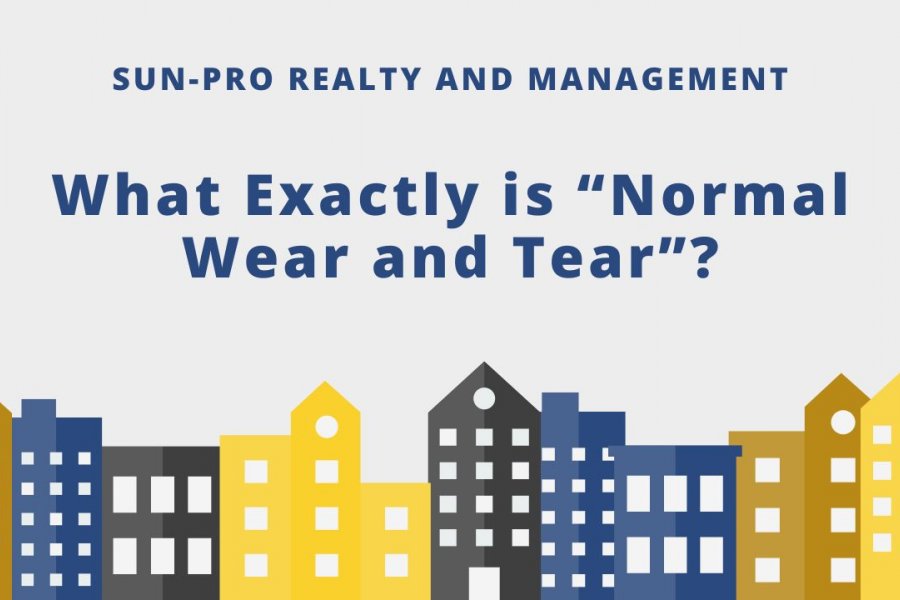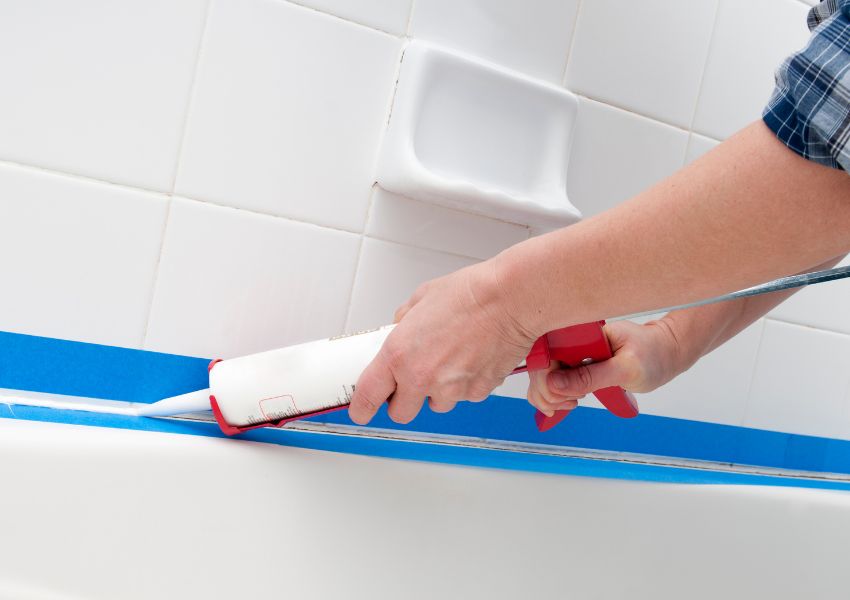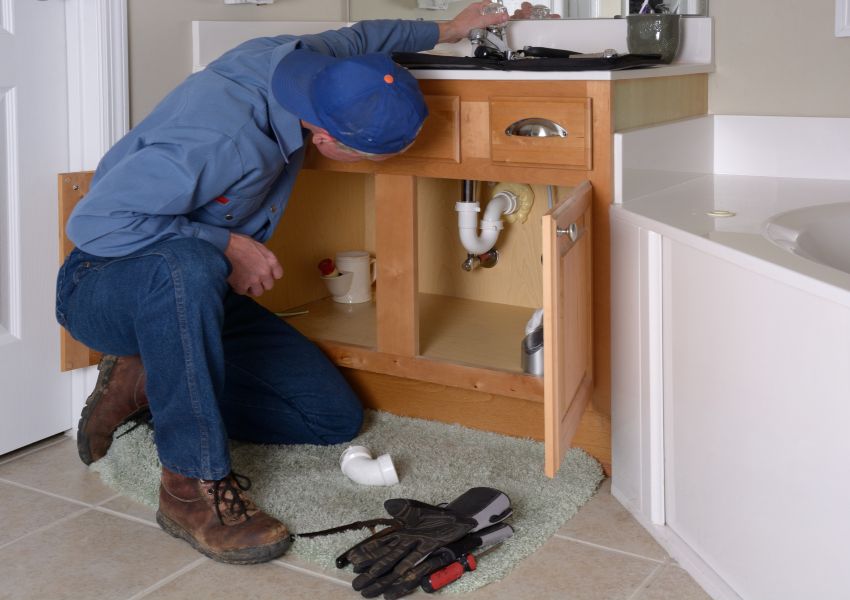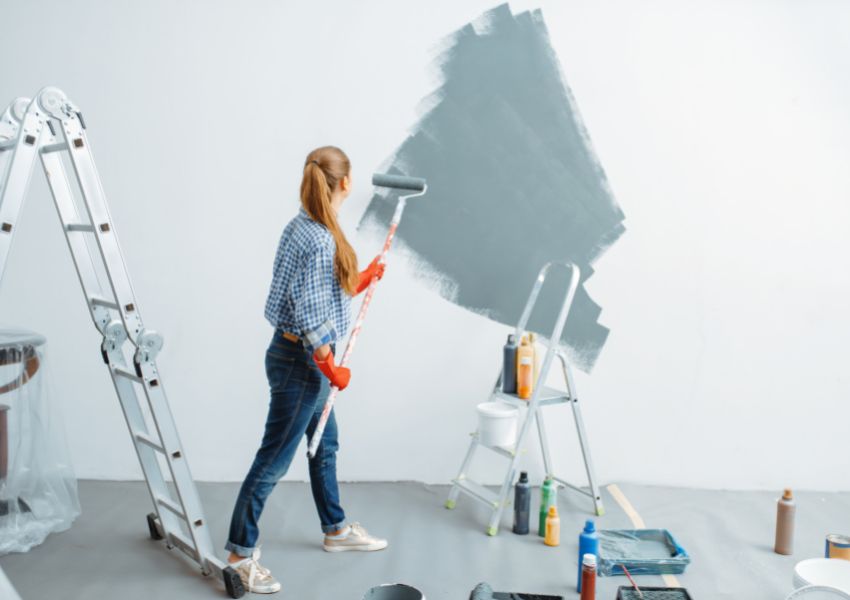
A huge part of what inspires renters to stay for the long term is living in a well-maintained rental property. It’s in the best interest of the landlord to keep checking for property damage regularly.
If damages are found, you need to be able to assess whether it’s due to normal wear and tear or a result of tenant abuse or neglect. To help you understand the difference between the two, keep on reading!
Why It’s Important to Learn About Normal Wear and Tear
Landlords must know how to identify damages caused by normal wear and tear because it’s their responsibility to pay for repairs that result from it. Since it’s natural for the property to decline over time, it would be unfair to let a renter pay for the damage resulting from this.
Property owners must fix the damages in their rentals and shoulder the cost of repair. After a tenancy, if the only damages around the unit are a result of normal wear and tear then the occupant should receive a full security deposit refund. Only when the damage is outside wear and tear should a deduction be made.
Defining Normal Wear and Tear
Every object has its own lifespan and over time, with frequent use, deteriorates. This also applies to the overall state of your rental home and its furnishings. As more tenants occupy your property, it will also face a natural decline in condition.

Your flooring, for instance, won’t look as good as it did in the first year of tenancy. It will bear scratches and become faded along the way due to repeated walking and moving of furniture.
The following are examples of normal wear and tear:
- Loose grouting in bathroom tiles
- Fading paint or wallpaper
- Worn-out/ faded carpet with minimal stains
- Worn enamel in sinks and bathtubs
- Scuffed floors
Defining Excessive Property Damage
It’s crucial for landlords to differentiate between wear and tear and excessive property damage. Wear and tear happen after a given number of years. But excessive property damage can be sudden and caused by negligence.
If the damage is outside wear and tear then the renter must bear the full responsibility of paying for the repair fees. It’s understandable for landlords to deduct from the security deposit to pay for property damage caused by renter abuse or negligence.
Here are some examples of excessive property damage:
- Multiple holes in the walls
- Carpets with burns and large stains
- Chipped wood floors
- Paint colors that haven’t been approved
- Missing or broken tiles
Routine Maintenance Duties of a Landlord
Even if landlords have a heavy share in maintaining the rental space, renters must do their part to keep the unit in great condition. Tenants must throw their trash away properly in the containers provided, utilize the appliances according to their function and ensure that furnishings are treated well.

For landlords, keeping the unit habitable is a chief responsibility. Thus, they must be responsive in coordinating repairs with vendors if property damage is reported by a renter or spotted during inspections.
It’s also recommended to perform property inspections periodically to check for any issues. This ensures lower repair fees than finding out too late when the damage is already large-scale. For routine maintenance, here are important things to note:
Clean the Rental
A landlord may consider having the rental unit professionally cleaned out once or twice each year. This must be recorded on the lease. You can also decide to share the cleaning fee with the renter. Professional cleaning can be helpful for the superb upkeep of your rental space and ensure that tenants remain happy.
Deep cleaning can build more value since your property continues to be attractive to new and existing renters. Your appliances can also benefit from this since regular cleaning can extend their lifespan.
You may also consider requiring an end-of-tenancy cleaning from the renter or charge them a cleaning cost if your rental space is not up to standards.
Repaint the Unit
Sometimes, a renter can make changes around your property without asking for approval. One of them could be painting your walls another color. If this occurred then you can request the renter to have it repainted back to the original shade or charge them for the repainting fee.
However, if the paint job is necessary because of wear and tear the cost should fall on the landlord.

Replace the Carpets
The lifespan of carpets is around 5 years before it requires replacement. But if you found out that the occupant has damaged the carpet with heavy stains, such that it contributes to looking worn out before the fives years are up, you can charge a partial amount since the carpet has also been used for some time.
Charging the full carpet price would be unfair to the renter since normal wear and tear occurred already. But if the carpet is brand new, then this can be an exception.
Replace Light Bulbs
Landlords must provide adequate lighting but while living in the unit, the tenant can replace bulbs when needed. For special lighting around the unit, landlords can be in charge of replacing them.
Document the State of the Property with Photos
Tracking the damage around your rental home can be hard so to prevent future disputes, a landlord can record the condition of the rental before and after the tenancy. Taking photos and performing property walkthroughs makes it easy to evaluate whether the damage is due to wear and tear or not.
Bottom Line
Knowing what normal wear and tear is makes it easy to avoid tenant conflicts. Documenting the property’s condition through photos is advisable so any property damage and changes are tracked. By regularly maintaining and inspecting the property, you can protect your investment and tenants.
For expert help managing your rental properties, partner with the team at Sun-Pro Realty & Management. Contact us today to learn more about our services!
